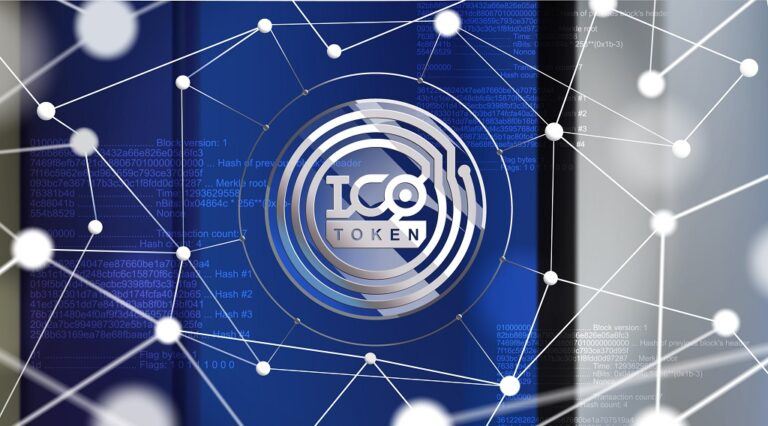Initial coin offerings (ICOs) have already raised $12.8 billion this year, which is a significant increase from the estimated $3.8 billion generated by the popular crowdfunding method in 2017. Moreover, a recent report reveals that the amount of funds raised from ICOs are now comparable to those raised by traditional initial public offerings (IPOs) and venture capital firms.
ICO markets generated 45% of the amount raised by IPOs in Q2 2018, up from 40% in Q1 2018, the report stated. Meanwhile, funds raised from ICOs during the first half of 2018 were reportedly around 30% of the venture capital markets. Overall ICO volume in Q2 2018 was about $7.2 billion, whereas US IPOs netted $16 billion and US venture capital firms raised $23 billion during the same time period, according to data from PricewaterhouseCoopers (PwC) and CB Insights.
ICOs Fill a Funding Gap
One of the advantages issuers in ICO markets might have is the potential to raise funds in a more cost-effective manner. This, compared to issuers in the traditional IPO markets and other typical crowdfunding methods. The main reason why ICOs may be a cheaper way of raising funds is that they are not as tightly regulated yet as traditional crowdfunding methods. Moreover, ICOs are able to target potential investors from almost all geographic locations, particularly retail investors.
So what exactly is the selling point of ICOs? Most of them basically offer investors the possibility of acquiring a product in the future at a discounted price – provided it’s actually developed properly. These types of transactions are referred to as “securitization” or “secured financing” in the traditional financial sector. Notably, there’s not much of a fundamental difference between secured financing and ICOs.
More Efficient Than Traditional Crowdfunding
ICOs, however, tend to come with a lot less “overhead” compared to what issuers in traditional IPO and venture capital markets have to deal with. For instance, ICOs do not typically involve underwriters, custodians, or clearinghouses required in conventional banking transactions. Additionally, token sales from ICOs are usually performed instantly which results in substantial cost savings to the issuers of these digital assets.
Despite these potential advantages, over 80% of ICOs conducted last year were scams, according to a study by Satis Group. But a more careful examination by the researchers determined that most of the money that was raised from ICOs actually went toward funding legitimate projects. Crypto Globe followed up on this research report and found that, in general, ICO fundraising has been doing reasonably well.









